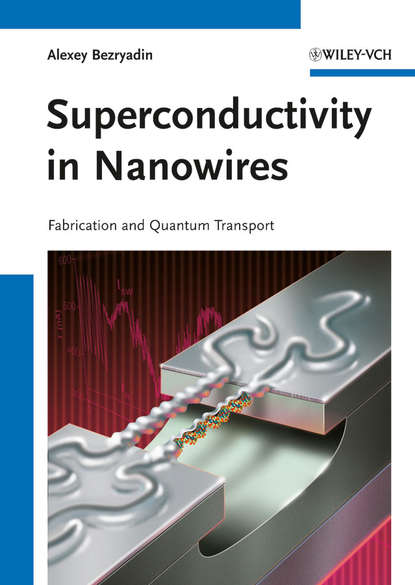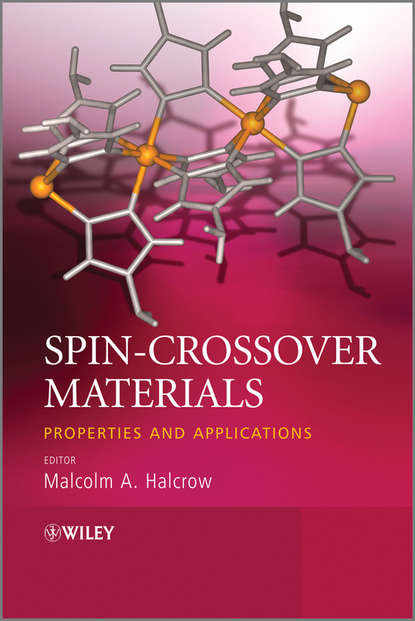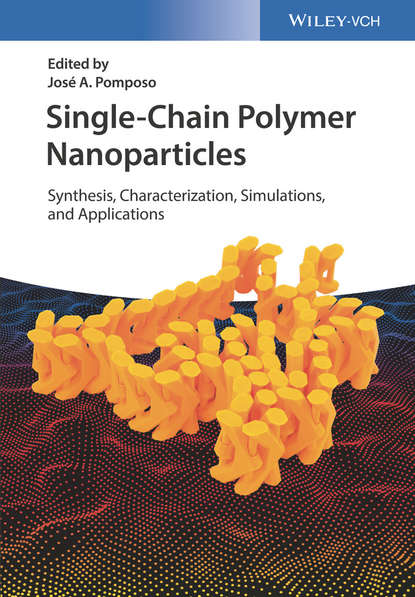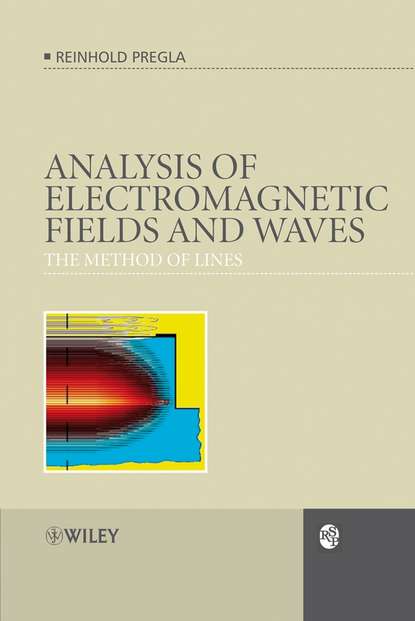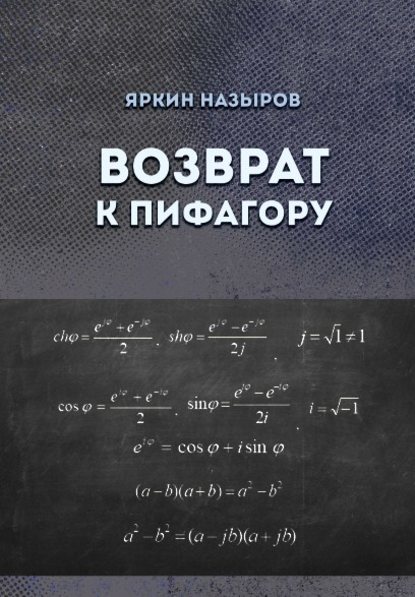Книга "Сверхпроводимость в нанопроводах. Создание и квантовый транспорт" посвящена исследованию свойств наноструктур, в частности нанопроводов, обладающих сверхпроводимостью. Нанопровода являются важным объектом для будущих электронных устройств и медицинских приложений, поскольку они позволяют переносить электрический ток без сопротивления на масштабах всего нескольких нанометров. Однако создание таких проводов с заданными характеристиками является сложной задачей, а также требуется изучение и понимание свойств этих структур. В книге исследуются теоретические модели, эксперименты по зарядовому транспорту и последние научные открытия в области создания, измерения и теоретического анализа нанопроводов. Авторы книги представляют подробный анализ транспортных свойств сверхтонких проводов, включая использование углеродных нанотрубок и ДНК-структур в качестве шаблонов для создания нанопроводов. Данное издание предназначено для аспирантов и молодых исследователей, интересующихся сверхпроводимостью на наномасштабах. Читатели должны иметь знания основ квантовой механики и сверхпроводимости.
The importance and ongoing relevance of nanotechnology cannot be overstated, and it is likely to continue for years to come. One of its most important challenges is to fully understand the properties of nanostructure systems, as they may be used in real applications of electrical engineering and medicine. One such system of particular promise for electronics applications are superconducting nanowires – promising ways to conduct electricity without resistance on scales of just a few nanometres. Carrying out this project to manufacture nanowires to a defined standard poses a significant challenge and, along with that, investigating the properties remains a priority. An increasingly promising route is in using carbon nanotubes or DNA as template structures. Many crucial theory-based questions remain unanswered regarding, for instance, the roles played by quantum fluctuations and other elusive material and structural properties. This book dives into these riddles and provides detailed analyses of transport through such extremally thin wires, presenting subject-specific theoretical models alongside experimental findings and our latest theoretical insights. It provides fresh material on establishing the use of DNA and carbon-nanotube templates in fabricating nanowires and is intended as an academic resource for emerging graduate students and budding researchers interested in nano-scale superconductivity, especially those with a good understanding of quantum and superconducting physics.
Электронная Книга «Superconductivity in Nanowires. Fabrication and Quantum Transport» написана автором Alexey Bezryadin в году.
Минимальный возраст читателя: 0
Язык: Английский
ISBN: 9783527651962
Описание книги от Alexey Bezryadin
The importance and actuality of nanotechnology is unabated and will be for years to come. A main challenge is to understand the various properties of certain nanostructures, and how to generate structures with specific properties for use in actual applications in Electrical Engineering and Medicine. One of the most important structures are nanowires, in particular superconducting ones. They are highly promising for future electronics, transporting current without resistance and at scales of a few nanometers. To fabricate wires to certain defined standards however, is a major challenge, and so is the investigation and understanding of these properties in the first place. A promising approach is to use carbon nanotubes as well as DNA structures as templates. Many fundamental theoretical questions are still unanswered, e.g. related to the role of quantum fluctuations. This work is tackling them and provides a detailed analysis of the transport properties of such ultrathin wires. It presents an account of theoretical models, charge transport experiments, and also conveys the latest experimental findings regarding fabrication, measurements, and theoretical analysis. In particular, it is the only available resource for the approach of using DNA and carbon nanotubes for nanowire fabrication. It is intended for graduate students and young researchers interested in nanoscale superconductivity. The readers are assumed to have knowledge of the basics of quantum mechanics and superconductivity.
